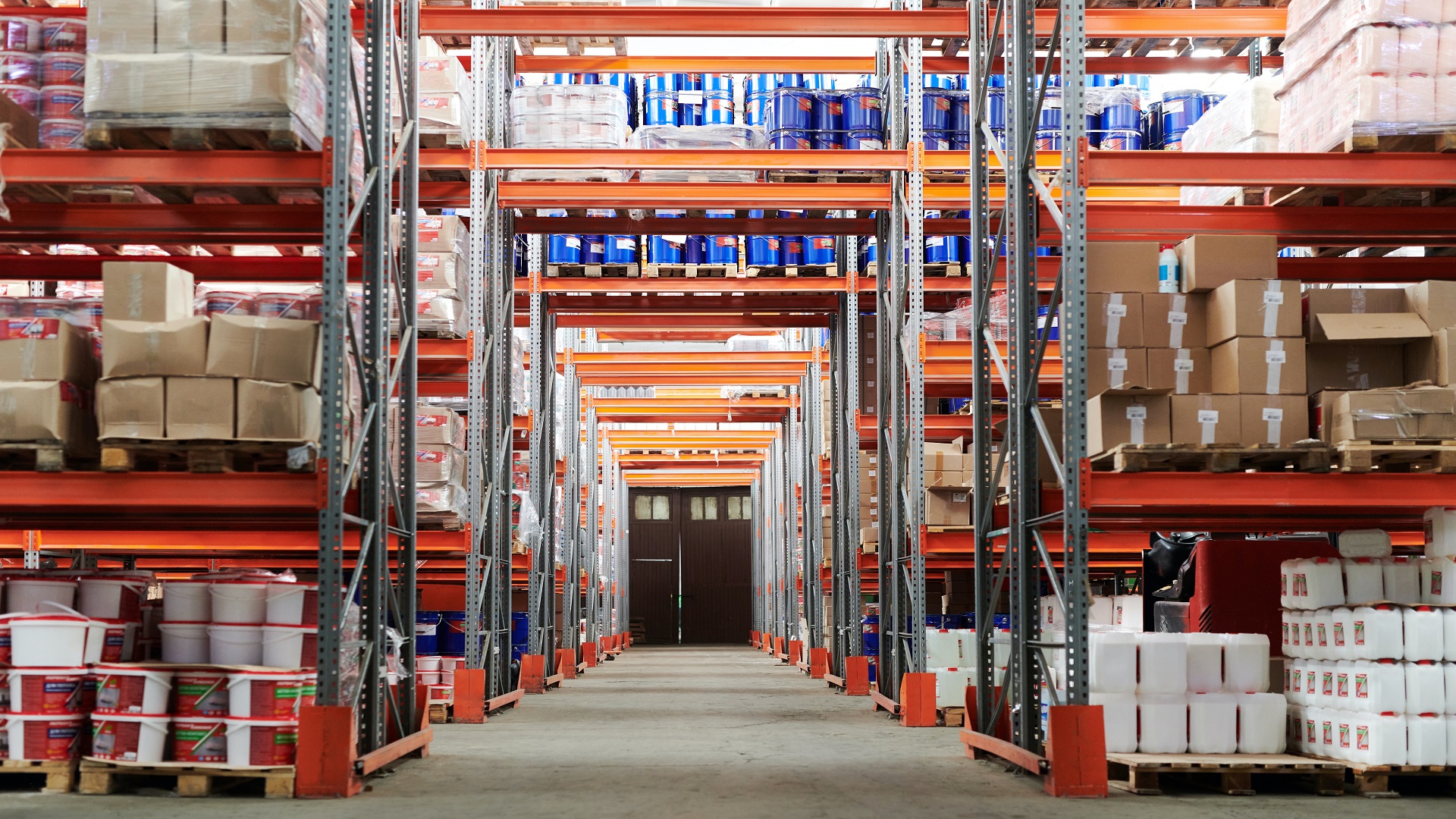Selling goods to customers in other countries is an increasingly attractive proposition (and it is often quite easy, too!). International growth can therefore be an interesting way of expanding your market. Selling goods to customers abroad does not necessarily require you to open a ‘physical’ branch in another country or establish a foreign legal entity. You can easily organise or continue to organise international sales and shipment from the Netherlands, for example.
A variety of international distribution models can help you in your international growth ambitions. In addition to direct sales and shipments, there are options such as drop shipping or sales via or to online platforms. Whichever distribution model you choose, international expansion often involves additional VAT and potentially customs obligations.
➔ If you first obtain sound advice on the possibilities and the various distribution models, these obligations do not have to pose an obstacle to your international growth ambitions.
Which distribution model should you choose?
Your customers expect their goods to be delivered quickly and efficiently. As a result, you will frequently opt for one or more distribution models based on the location of your customers, suppliers, products and transport solutions. But if you fail to take proper account of the VAT and customs implications, you could face some unpleasant surprises.
In this article we discuss three commonly used distribution models for Dutch companies that wish to deliver goods to customers in other countries.
direct sales and shipment;
drop shipping; and
sales to or via a platform.
Direct sales and shipment from the Netherlands
You can sell goods and ship them from the Netherlands directly to your customers, whether they are in the Netherlands or other countries. For many businesses, shipping goods abroad is a small and relatively simple step towards expanding into new markets. However, there are important points of attention when shipping goods from the Netherlands to other countries. For instance, it is essential that you make clear arrangements on shipment, such as who pays the transport costs or who bears the shipment risk.
When goods are transported from the Netherlands to a non-EU country, you also need to consider customs formalities. To clarify these arrangements, what are known as Incoterms® are often used in international trade. These standard rules specify aspects such as which party is responsible for transport and any customs obligations. Use of the correct Incoterms® tells you and your customer precisely what has been agreed.
It is also important that you know who is responsible for transport when determining the VAT rate on the sales. Under certain conditions, the VAT zero rate may be applied to sales to entrepreneurs within the EU. For sales to consumers in other EU countries, you first need to establish whether Dutch VAT or the VAT of the other EU country needs to be charged. Sales to customers in non-EU countries may also be subject to a VAT zero rate if, for instance, you are responsible for the shipment and customs clearance of goods being exported from the EU.
Drop shipping
In practice, it can sometimes be more efficient and cheaper to have goods sent directly from your supplier to your customers. This cuts storage and transport costs, for example. We call this distribution model drop shipping. Here, in fact, two sales take place:
The sale from the supplier to you; and
The sale from you to your customer.
There is only one actual transport movement though, directly from the supplier to your customer. Drop shipping is a popular distribution model. However, the VAT implications of the purchase and sale are not always clear. To determine the VAT implications, it is important to examine the shipment carefully as well as the countries of departure and destination.
In the event of departure and destination in the same country, there are generally only local VAT implications.
Example
You purchase goods from your German supplier in Munich. You then sell these goods on to your German customer in Hamburg. The goods are therefore shipped directly from Munich to Hamburg. In doing so, you make significant savings on transport costs. However, this distribution model means that you have German VAT obligations. As the goods have not left Germany, both the purchase and the sale are subject to VAT in Germany.
If the country of departure and destination are two different EU countries, the rules for chain transactions apply. What has been agreed regarding shipment determines which VAT rate of which country needs to be applied;
If the country of departure and / or destination is a non-EU country, customs formalities may also play a role. To determine the VAT implications, relevant aspects include which party is responsible for the import customs formalities and which party is responsible for the export formalities.
Sales to or via a platform
Selling goods via a platform such as Amazon can yield many benefits. These platforms generally have a wide reach, the kind you may not (yet) have. Businesses often use platforms as an accessible way of expanding their sales market.
Platforms employ a variety of business models. For example, you can sell goods directly to the platform itself: a direct sale involving shipment of the goods to the platform. The platform will then sell the goods on to customers. It is often also possible to sell goods via the platform. In this case, the platform is often ‘merely’ the facilitating party between you as the vendor and the actual customer. In this latter situation, the goods are usually stored in several EU countries. When the goods are sold via the platform, these are shipped directly to the customers from the different locations. The VAT implications of the sales therefore depend on the physical flow of goods and the specific type of customer.
Sales via a platform are often viewed as an ‘easy’ way of doing business without incurring an excessive administrative burden. Yet in this distribution model you still need to consider which VAT rules apply to the individual transactions. This variant often leads to VAT obligations for the vendor in the ‘countries of storage’.
Simple mapping
In addition to the many possible benefits, international sales models can ultimately involve a great deal of work. You need to identify not only the individual flows of goods but also the VAT implications - and then process them. Our advisors would be happy to help you map all these flows. Furthermore, we can provide you with clear insight into your company’s VAT compliance position with the help of our International Trading Tool. Automated checks flag up important points of attention and any errors in your VAT administration. This enables you to keep your VAT affairs are in order.
The right choice for your company
Careful consideration and advance planning are enormously important in all the distribution models named in this article. The answers to a number of questions are crucial here:
➔ Which distribution model best suits your business?
➔ Will this change as your business grows?
➔ What are the pros and cons of the various options?
➔ What customs and VAT implications will you face?
Our advisors would be happy to help you make an informed decision when formulating your international growth plans.
The legislation and regulations in this area may be subject to change. We recommend that you discuss the potential impact of this with your Baker Tilly advisor.




